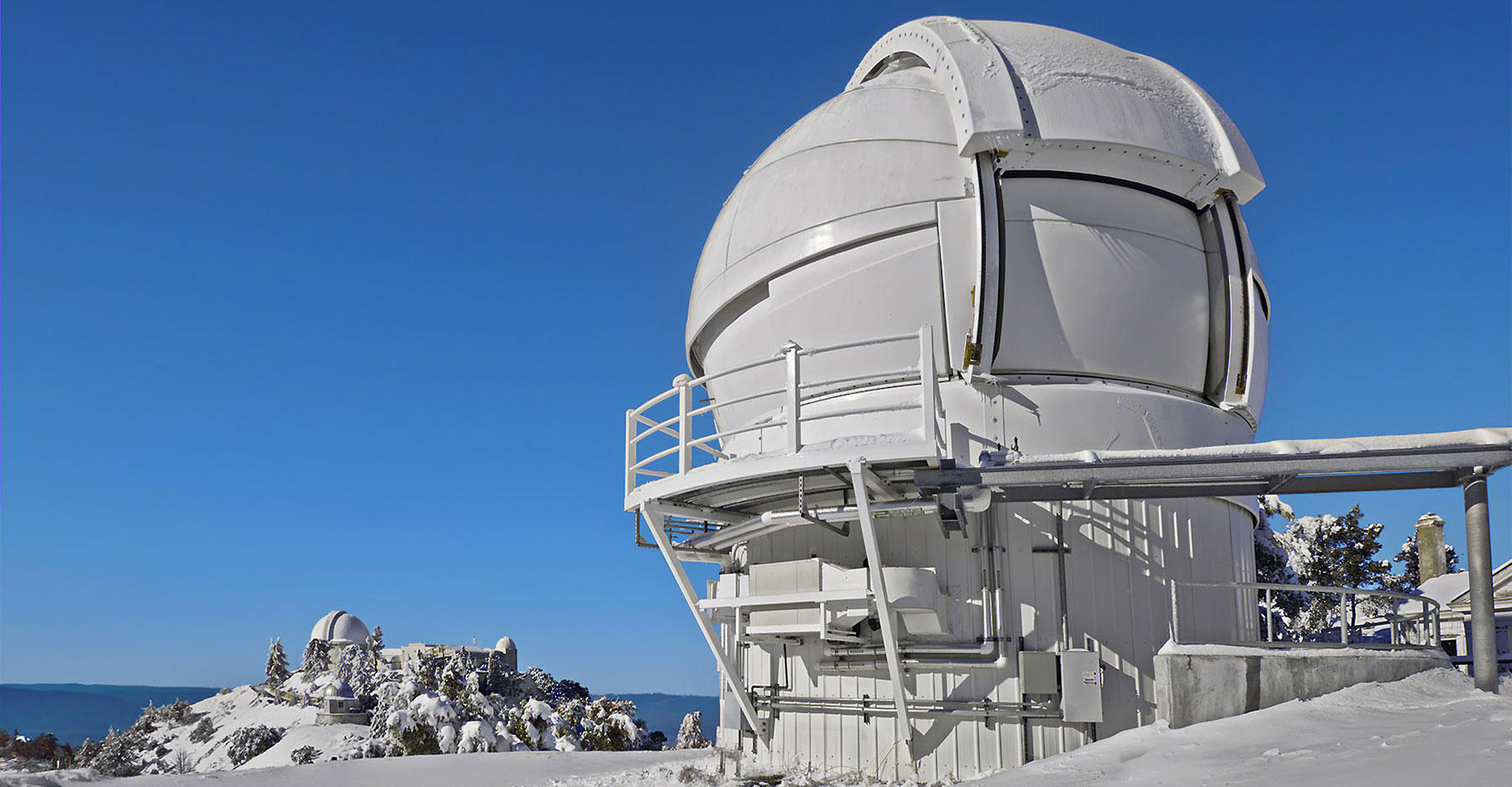Boyajian's Star Data Release
BSRC announces the availability of Breakthrough Listen Automated Planet Finder data on Boyajian's Star

On 26 December 2018, the Breakthrough Listen team published “The Breakthrough Listen Search for Intelligent Life: Searching Boyajian’s Star for Laser Line Emission,” lead by former high school student and now Princeton undergraduate, David Lipman (Lipman et al 2018). This paper presents a search for narrow-band artificial emission possibly originating in the environs of Boyajian’s star, using 180 individual high resolution (R ~100,000) optical spectra collected over the course of 2.5 years with the Automated Planet Finder. Today we are making the entire collection of spectra analyzed in Lipman et al available for download.
While no signals from ET were detected in the Breakthrough Listen search, these data are awash with information about the star’s composition and motion within the Milky Way galaxy. Similar data has been used to classify the star, rule out stellar companions, and could potentially be used to analyze any spectral features from that star that change over time. Although most astronomers now believe the transit anomalies seen in Boyajian’s star are due to natural causes, there is also an opportunity to conduct more detailed searches for other artificial signal types, such as ensembles of laser lines or anomalous absorption features.
Collectively there are nearly 50 hours of open shutter time in the Breakthrough Listen Boyajian’s Star dataset. The collection is comprised of single epochs over several years, as well as nights containing several consecutive observations. The long time-baseline of the observations allows us to monitor the star for anything that changes over days-weeks. Multiple epochs on a single night allow discrimination between cosmic ray events and actual laser lines. Cosmic rays are the primary source of false positives in the search for laser lines.
We are excited to make these data available, and hope they lead to new insights into the fascinating nature of Boyajian’s star. If you develop algorithms with these data and want to give them a try on other Breakthrough Listen data, check out the Breakthrough Listen Open Data Archive. And of course if you make an interesting discovery or have a question, let us know!
Technical specifications:
There are two data files for each observation. The first type, a raw image is the format we receive directly from the instrument. It has no formatting or calibration and the units on both axes are pixels. The second, the reduced image, is a product of the raw image and has a simpler format: intensity versus wavelength. An example filename of the reduced image is razm.212.fits. An example filename of the raw image: ucb-azm212.fits. A python tutorial containing details on opening these types of data files can be found here.
Some of these spectra are a composite of the stellar spectrum and an iodine spectrum. The spectra containing iodine are taken with a heated glass cell containing molecular iodine in the light path. These are used to determine precise radial velocities using the Doppler technique. The log file contains information on which spectra contain iodine, and which do not.
